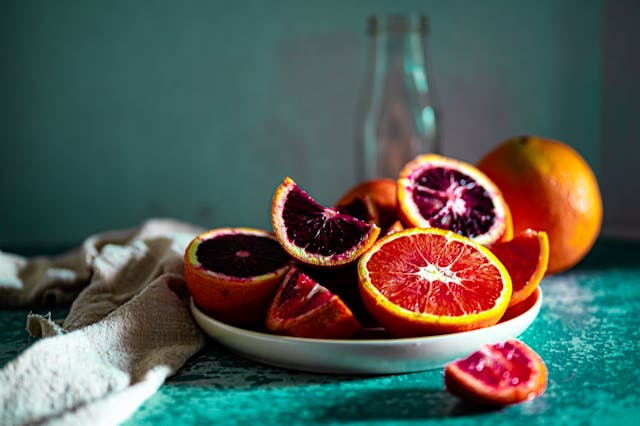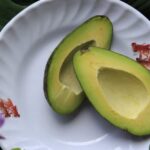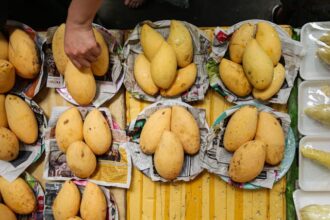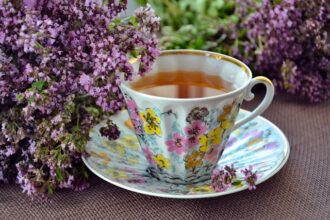Recent research from the University of Florida highlights the potential health benefits of blood oranges, which are rich in anthocyanins and other phytochemicals known for their anti-inflammatory and antioxidant properties. A study led by Ali Sarkhosh, UF/IFAS associate professor of horticultural sciences, and his post-doctoral associate Fariborz Habibi explores how storing blood oranges at cooler temperatures could enhance their nutritional profile and market appeal.
The study suggests maintaining temperatures between 40 to 53 degrees Fahrenheit boosts anthocyanins, phenolic content, and antioxidants in blood oranges. Lowering temperatures to 43 to 46 degrees Fahrenheit preserves fruit firmness, minimises weight loss, and retains sugar content. These findings indicate a potential for improved fruit quality and prolonged shelf life, offering a promising opportunity for the Florida citrus industry.
Despite these benefits, Sarkhosh and Habibi caution that further research is needed to determine the viability of blood oranges as a profitable crop for Florida citrus growers. While blood oranges typically command higher prices than common varieties like navel or Valencia oranges, the study underscores the need to evaluate whether farmers could significantly enhance per-acre income by incorporating them into their crop selection and adopting specialised storage practices.
The Mediterranean climate, conducive to blood orange cultivation, particularly in Italy and Spain, contrasts with Florida’s subtropical conditions. In the United States, blood oranges are primarily grown in California, with limited commercial cultivation in Florida. Anthocyanin development, crucial for the characteristic deep red flesh of blood oranges, requires exposure to specific cold temperatures, typically between 46 and 59 degrees Fahrenheit, for a minimum duration of 20 days – conditions not commonly met in Florida.
While the study offers promising insights into enhancing blood orange quality through controlled storage, its practical application and economic feasibility for Florida growers remain subjects of ongoing investigation. Sarkhosh emphasises that while consumers can encourage internal colour development in fruit stored at home, supermarket offerings should ideally meet quality standards for immediate consumption.
This research underscores the potential health benefits and market advantages of blood oranges, contingent upon further exploration of storage techniques and economic viability within Florida’s citrus industry.
More information: Fariborz Habibi et al, Postharvest storage temperature strategies affect anthocyanin levels, total phenolic content, antioxidant activity, chemical attributes of juice, and physical qualities of blood orange fruit, Food Chemistry Advances. DOI: 10.1016/j.focha.2024.100722
Journal information: Food Chemistry Advances Provided by University of Florida








